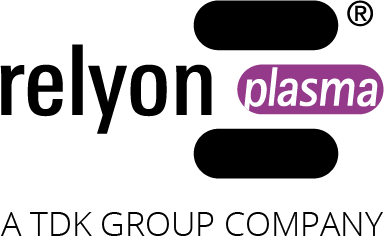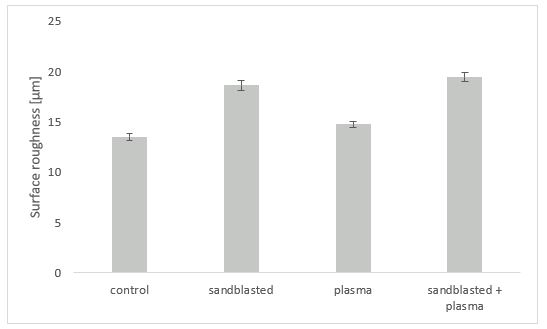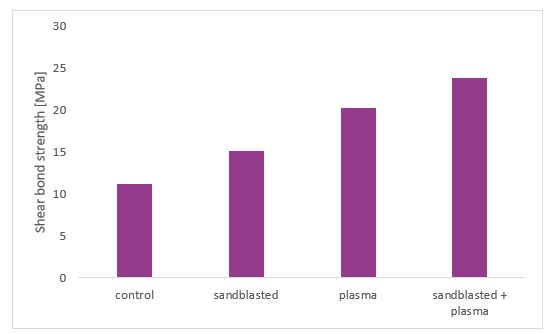Effect Of Non-Thermal Air Plasma Treatment
On Shear Bond Strength Of Adhesive Resin Cement To Zirconia
Authors: Mahrous, A.; Radwan, M. M. & Emad, B.
Publication: Effect Of Non-Thermal Air Plasma Treatment On Shear Bond Strength Of Adhesive Resin Cement To Zirconia, Egyptian Dental Journal, 2018, 64, 2879-2888.
First published: https://edj.journals.ekb.eg/article_77363.html
Total recap:
Zirconia is among the main materials used for dental applications. One common application is to bond it with cement as adhesive. In this study, the effect of sandblasting and cold atmospheric plasma on the surface roughness and shear bonding strength was investigated.
The zirconia plates were divided into four groups. One remained untreated and functions as control group. The second group was treated with the conventional method of sandblasting the surface. For this, 50 μm alumina was applied. The third group was treated with cold atmospheric plasma, using the piezobrush® PZ2 from relyon plasma. The fourth group was first sandblasted and then treated with plasma.
The surface roughness was measured with scanning electron microscopy. As expected, the sandblasting increases the roughness significantly, as it is mainly applied to increase the surface area. The plasma treatment, however, had almost no impact on the surface roughness. The aim of the plasma treatment is not the surface area increasement, but rather the increased wettability due to finecleaning and activation of the surface.
The effect of the bonding was investigated by measuring the shear bond strength. The untreated control samples had a low shear bond strength. By increasing the surface area with sandblasting, its value could be increased. This is of course accompanied with an increased roughness. Although the plasma treatment did not change the roughness, the shear bond strength was significantly increased. The best value could be achieved by the combination of the two methods, where first the surface area was increased by sandblasting and in a second step the surface wettability was enhanced by the plasma treatment.
In this study, the effect of sandblasting and cold atmospheric plasma on the shear bond strength of adhesive resin cement to zirconia was investigated. Both methods showed a positive effect of the shear bond strength. The best results could be achieved by combining the two methods.
You find the whole article here.






